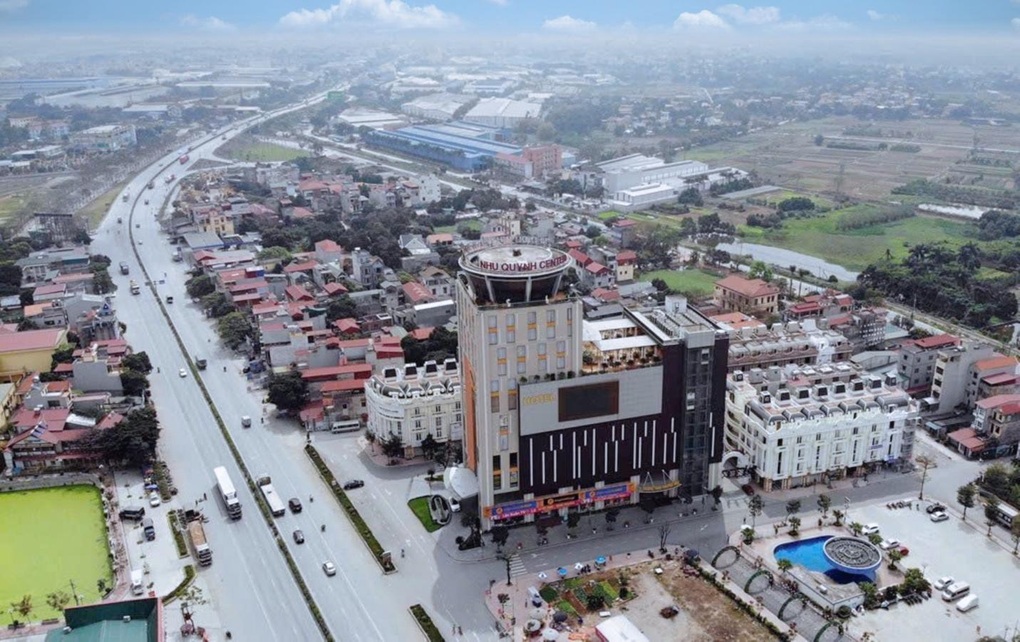The real estate market in Vietnam is undergoing significant changes as investment trends shift from central urban areas to the suburbs and neighboring provinces. Following several years of turbulent fluctuations, properties, particularly land lots and low-rise apartments within developed urban centers, have seen renewed interest due to their potential for future growth. The central urban districts of cities like Hanoi and Ho Chi Minh are witnessing capital inflows as investors seek opportunities in vibrant areas afresh.
According to Dân trí, the transformation of investment patterns began with major urban centers like Hanoi and has gradually extended to regional districts and satellite cities. Real estate professionals affirm the market is expected to enter a new phase by 2025, where speculative investments give way to inquiries for properties with tangible value, offering attractive earning potential and security amid market volatility. "Bất động sản tại các trung tâm đô thị phát triển cho tiềm năng sinh lời tốt bởi có giá trị sử dụng thực," says Ông Vũ Tiến Thành, an experienced investor.
The central urban cores have seen substantial upward pressure on property values. Recently, the report from the Vietnam Association of Realtors reveals investors, both individuals and organizations, are “accelerATING” the movement of their capital outwards to suburban areas where land is still accessible and infrastructure development is rapidly progressing. This shift doesn't just indicate the rising desire for property investments; it is also shaped by external pressures such as regulatory policies and traffic infrastructure improvements.
Prices of property within the main urban hub have hit record highs, making investments increasingly challenging, especially as legal issues and long development timelines complicate central city projects, thereby removing feasibility for many potential investors. The high cost of prime real estate has compelled those with limited financial leverage to explore promising markets at the periphery. Many urban development initiatives aim to distribute population density and alleviate urban pressure, encouraging investors to focus on attractive suburban locales.
Infrastructure improvements have bolstered connectivity with the introduction of expressways, circular roads, and urban transit systems like metro lines, significantly reducing travel times from periphery areas to city centers. Such enhancements not only increase property values but also heighten demand for housing as distances to urban amenities decrease. Noteworthy projects like Aqua City (Đồng Nai) and Izumi City (Biên Hòa) are sending signals about the changing dynamics of real estate investment.

Investors are now focusing on lower-level housing units along three development axes—Vành Đai 3, 5, and 4—as property values within these regions according to the Ministry of Construction have increased by as much as 30-40% compared to 2023, with some areas experiencing up to 60-70% increases. A report dated January 2025 reveals the average selling price for apartments flanking Vành Đai 3 has reached over 65-75 million VND per square meter. What once seemed feasible at lower costs is increasingly becoming out of reach for many investors.
With property prices sharply rising within the center, many investors are redirecting their curiosities toward off-center locations with solid future growth prospects. Key elements factor heavily on their decision-making processes—access to infrastructure, urbanization rates, and actual needs of local residents. Farmers are not only exploring residential buys but are also seeking properties with rental potential like second homes or vacation retreats snuggled within suburban landscapes—opportunities gaining traction particularly post-COVID-19.
The entrepreneurial response from real estate firms highlights the burgeoning developments expected within suburban regions. Corporate developers are capitalizing on these trends to erect large-scale residential communities, as evident from numerous projects now active just beyond these urban landscapes. The potential for high return rates has lured many, as shared by Bà Nguyễn Hương Giang, who noted, "Việc chuyển dòng vốn sang các khu vực cận đô thị như Hải Phòng đã giúp tôi không chỉ bảo toàn vốn mà còn đạt được lợi nhuận ổn định."
Projected growth across suburban property markets projects not beneficial merely for major developers but mid- to small-sized enterprises seeking viable projects at affordable prices as the governmental regulations tighten within urban centers. Many are stockpiling clean land plots to cushion themselves against potential market shifts and to take advantage of stabilizing prices before broader audiences recognize their value.
Forecasts suggest the paradigm shift toward development beyond the urban core is likely to continue solidifying, as supply and demand pressures dictate market adaptations. Opportunities present within regions boasting promising infrastructure and advantageous positions feel the heat of investor interest, paving the path for inevitable increases.



